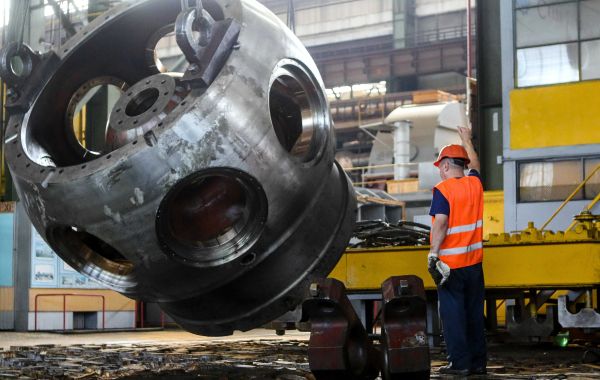One tool that has become indispensable for manufacturers is 3D product modeling. This technology offers a plethora of benefits that significantly impact the entire manufacturing process, from design and prototyping to production and marketing.
Design Precision and Flexibility: 3D product modeling allows manufacturers to create highly detailed and accurate virtual representations of their products. Designers can explore intricate details, experiment with different shapes, sizes, and materials, and make necessary adjustments before any physical prototypes are produced. This precision and flexibility reduce design flaws and costly iterations down the line.
Cost and Time Savings: Traditional prototyping and manufacturing methods are often time-consuming and expensive. With 3D modeling, manufacturers can virtually test and validate designs, saving both time and resources. This technology also minimizes material wastage by identifying potential issues early in the design phase.
Enhanced Collaboration: Collaborative efforts among design, engineering, and production teams are streamlined with 3D product modeling. It fosters better communication, enabling teams to work together seamlessly and address issues in real-time, resulting in more efficient workflows and better end products.
Marketability and Visualization: 3D models provide striking visualizations that can be used for marketing and promotional materials. Manufacturers can showcase their products to potential clients, investors, and customers with greater clarity, improving marketability and aiding in pre-production marketing efforts.
Customization and Personalization: In today's consumer-driven market, personalization is a key selling point. 3D modeling allows manufacturers to customize products to meet individual customer needs quickly and efficiently, offering a competitive edge and increasing customer satisfaction.
Prototyping and Testing: Virtual prototypes created through 3D modeling can be subjected to rigorous testing, simulation, and analysis. This ensures that the final product meets quality and safety standards, reducing the likelihood of defects and recalls.
Sustainability: 3D product modeling can also contribute to sustainability efforts. By optimizing designs for resource efficiency, manufacturers can reduce material waste and energy consumption, aligning with eco-friendly practices.
In conclusion, 3D product modeling has transformed the manufacturing landscape. It empowers manufacturers to design better products, improve collaboration, reduce costs, and bring innovations to market faster. With the ever-increasing demand for innovative and customized products, embracing 3D product modeling has become not just an advantage but a necessity for manufacturers aiming to thrive in today's competitive markets.








